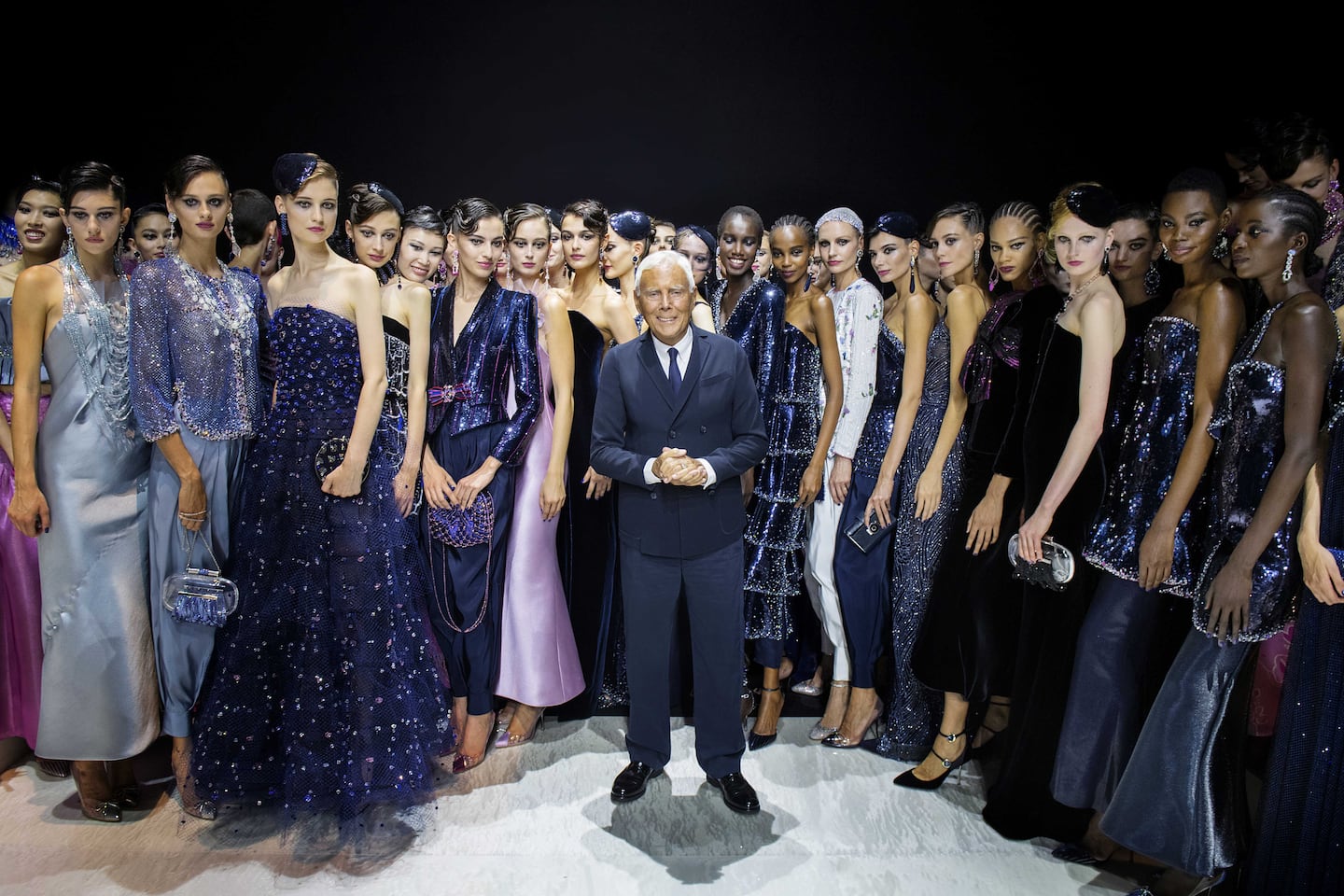
The Business of Fashion
Agenda-setting intelligence, analysis and advice for the global fashion community.

Agenda-setting intelligence, analysis and advice for the global fashion community.

Armani Group reported that revenues rose 26 percent to €2.02 billion last year, approaching pre-pandemic levels and meeting a €2 billion target for the brand’s rebound a year earlier than its owner and chief executive officer, Giorgio Armani, had previously forecast.
Operating profit swung to €171 million following an operating loss of €29.5 million the previous year, when the initial outbreak of Covid-19 and ensuing store closures hammered sales across the luxury industry. Indirect turnover, which includes Armani-branded products sold by licensees, like eyewear from Luxottica or L’Oréal’s Armani “Si” perfume, rose 24 percent to €4.06 billion.
Sales have continued to grow in 2022, up 20 percent year-on-year in the first-half, and “now constantly exceed the levels achieved in 2019″ (before the pandemic), the company said.
With 2021 revenues still down by around 7 percent from pre-pandemic levels, closely-held Armani’s turnaround falls short of some major Italian competitors like Prada, which grew 8 percent over 2019 last year, or French conglomerate LVMH, whose fashion division surged more than 42 percent.
ADVERTISEMENT
But Armani has been juggling the challenges of the pandemic with its own efforts to streamline its offer and reposition the brand. Since 2017, the company has been looking to fill the gap in revenues from discontinuing wholesale-driven sub-brands including Armani Jeans and Armani Collezioni, which were phased out in a bid to simplify the company’s cost structure and unify its brand message.
“These results are even more encouraging given that they were achieved without undue pressure on sales opportunities, but rather by streamlining the size of the collections [and] implementing an attentive selection of the distribution network, in line with the brand’s founding principle: less is more,” the group’s two deputy general managers, Giuseppe Marsocci and Daniele Ballestrazzi, said in a joint statement.
Mr. Armani had previously said he hoped revenues would get back above €2 billion by the end of 2022.
“The remarkable growth achieved in 2021, consolidated by the positive performance in the first half of this year, makes me cautiously optimistic,” Armani said in a statement. “I am also increasingly determined to continue my medium- to long-term strategic path, staying true to the principles that have always underpinned my creative and business philosophy, and applying them to all aspects of our strategy,” he added.
The news of Armani Group’s recovery comes amid speculation that the 88-year-old designer and fashion magnate could seek a deal to merge or sell his company.
While Armani had long maintained that he wanted his company to remain completely independent—even setting up a trust to govern the brand after his death—he told US Vogue last March that the pandemic had caused him to reconsider. Staying independent was “not so strictly necessary,” he said at the time, floating that he might explore “a liaison with an important Italian company.” Soon after, Reuters wrote that he had engaged with Ferrari-owner Exor in talks which have since reportedly stalled.
Armani declined to comment on whether the company was still interested in exploring a deal.
The former CFDA president sat down with BoF founder and editor-in-chief Imran Amed to discuss his remarkable life and career and how big business has changed the fashion industry.
Luxury brands need a broader pricing architecture that delivers meaningful value for all customers, writes Imran Amed.
Brands from Valentino to Prada and start-ups like Pulco Studios are vying to cash in on the racket sport’s aspirational aesthetic and affluent fanbase.
The fashion giant has been working with advisers to study possibilities for the Marc Jacobs brand after being approached by suitors.